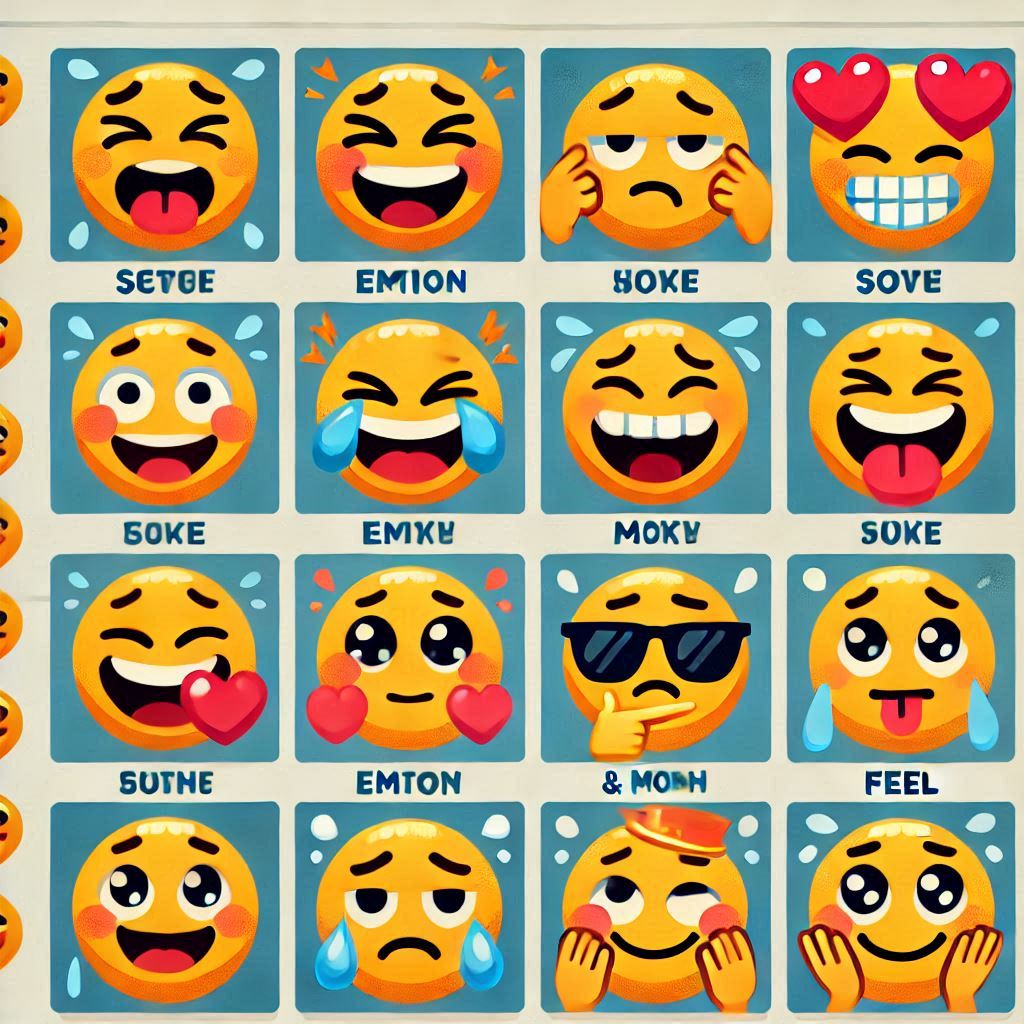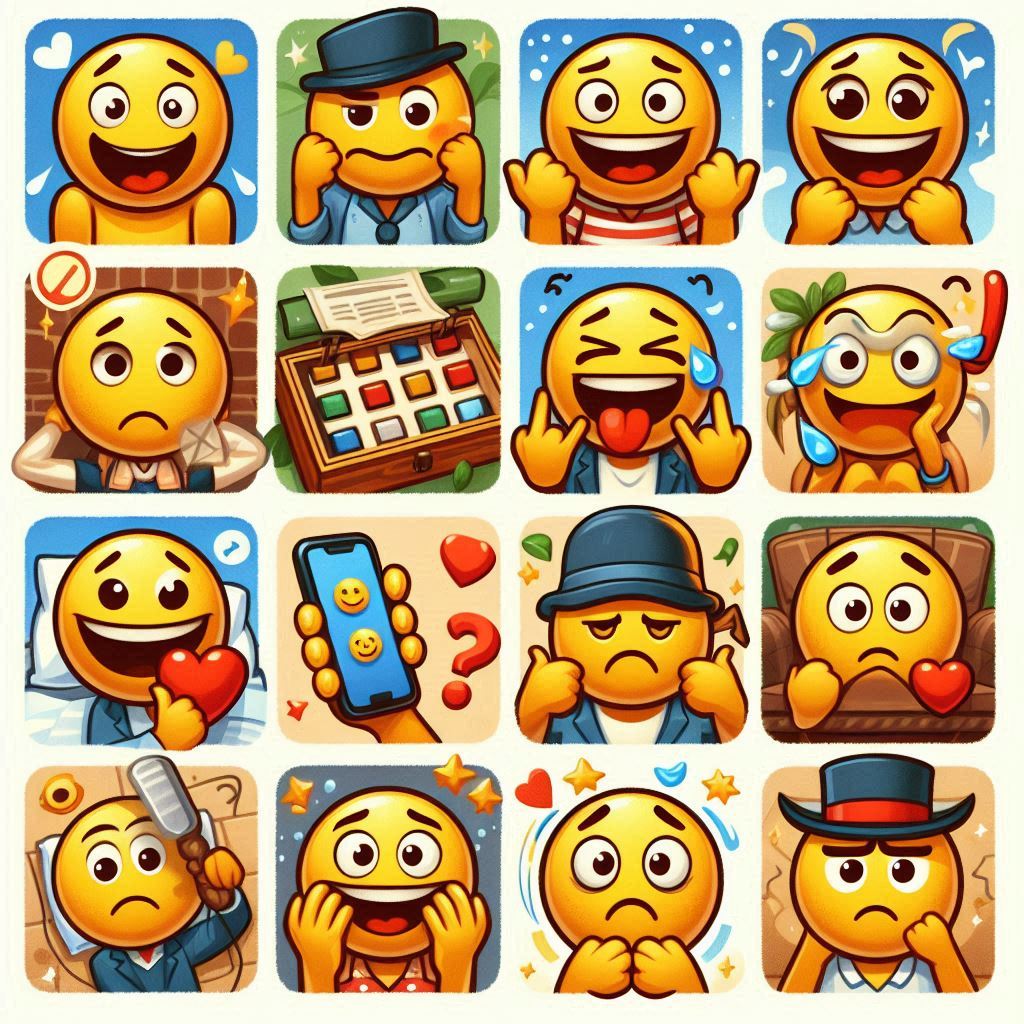Feeling Worksheet
Happy
Sad
Sleepy
Angry








Understanding emotions is a fundamental part of emotional intelligence. Emotions, whether happy, sad, angry, or sleepy, play a key role in our daily lives, influencing our behavior and actions. This worksheet is designed to help children and young learners match different feelings with corresponding emoji expressions. By associating emotions with visual symbols, children can better understand how different feelings manifest and how to identify and express their emotions in various situations.

In this worksheet, the goal is simple yet impactful: match each emotion with the correct emoji. Emotions like happy, sad, sleepy, and angry are represented by their respective emojis, offering a fun, interactive way for learners to engage with their emotional vocabulary. This task helps children become more aware of their feelings and how to recognize them in themselves and others.
Emotional literacy is the ability to recognize, understand, and express emotions. It is an essential life skill that helps children and adults alike navigate complex social interactions and relationships. For young children, learning about emotions is especially important, as it can shape their ability to communicate effectively, manage their emotions, and build positive relationships.
The "Feelings and Emotions Matching Worksheet" helps facilitate this learning process. By pairing emotions with images, children can better visualize how emotions might look and feel, making it easier for them to grasp abstract concepts. This visual approach also aids in developing empathy as children can relate emotions to facial expressions, fostering an understanding of how others might be feeling.
The worksheet consists of pairs of words (representing different feelings) and corresponding emoji images. The task is to match each feeling with the correct emoji based on the facial expression it represents. The emotions listed include:
To complete the worksheet, students must match the words with the corresponding emoji. This can be done by either drawing lines between the word and the emoji or by writing the letter of the emoji next to the word. Once the worksheet is complete, students can discuss their choices, share their reasoning, and reflect on how they associate the emotions with certain facial expressions. This is a great way to build communication skills and self-awareness.
By using this worksheet, learners can achieve the following objectives:
In today’s digital age, emojis have become a universal form of communication. Whether in text messages, social media posts, or digital games, emojis are used to convey emotions and reactions. They offer a quick and visual representation of feelings that transcends language barriers, making them an ideal tool for teaching emotional literacy.
For children, emojis are especially appealing because they are colorful, expressive, and easy to understand. The facial expressions depicted in emojis provide an immediate and recognizable way to link emotions to visual cues. By using emojis in this worksheet, children can develop an intuitive understanding of how different emotions are expressed through facial expressions. This can be a stepping stone to more advanced emotional learning, such as understanding body language, tone of voice, and other non-verbal cues that contribute to emotional communication.

This worksheet offers several benefits for both children and educators:
Understanding emotions is a crucial part of a child’s development. By using the "Feelings and Emotions Matching Worksheet," children can enhance their emotional literacy, build empathy, and develop a deeper understanding of how emotions shape their interactions with others. The use of emojis provides a fun and effective way to connect feelings with expressions, making learning about emotions both enjoyable and informative.
By completing this worksheet, students are better equipped to recognize, understand, and express their emotions in a healthy and constructive way. With repeated use, this worksheet can help children improve their emotional vocabulary and become more emotionally intelligent, setting them up for success in their personal and social lives.